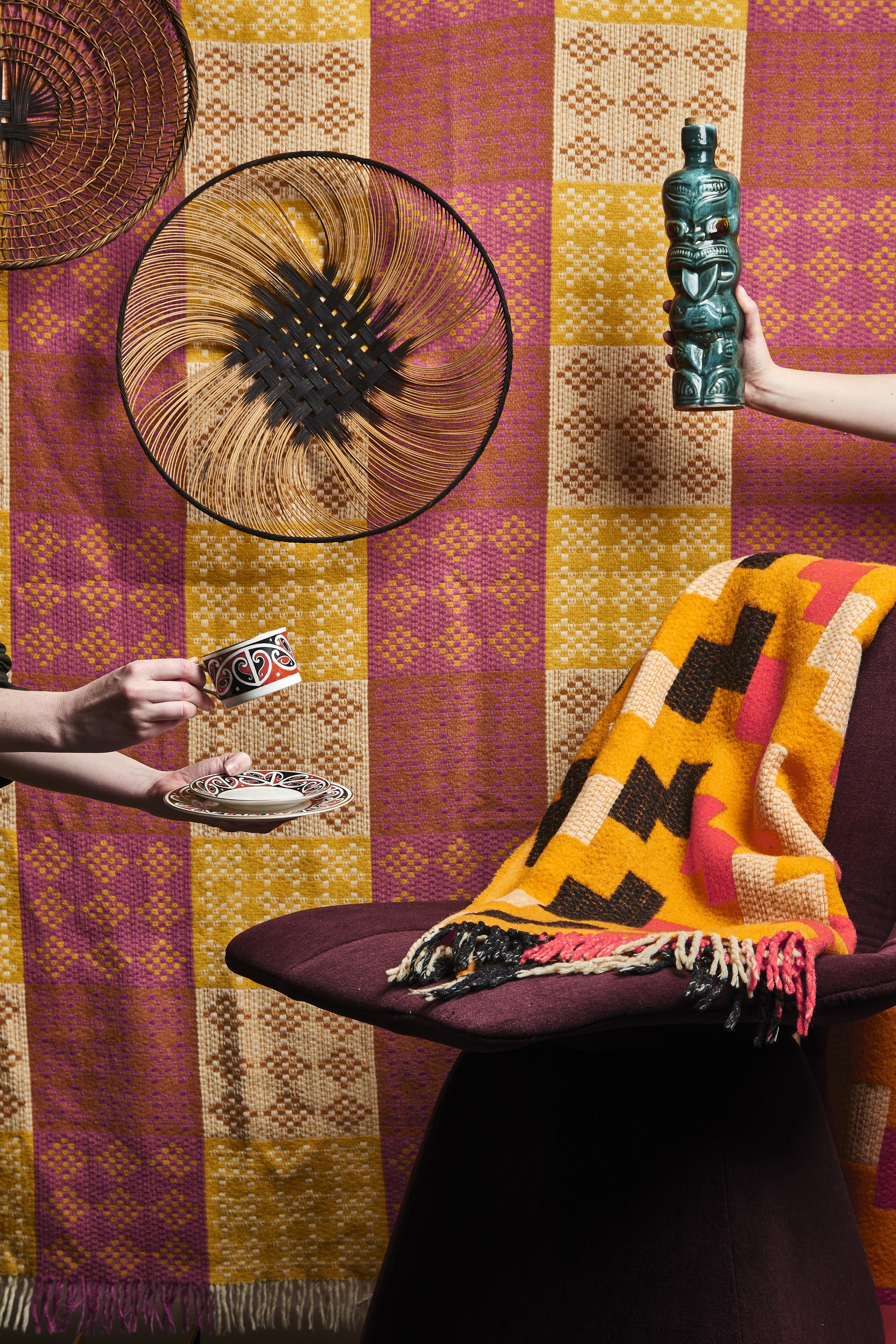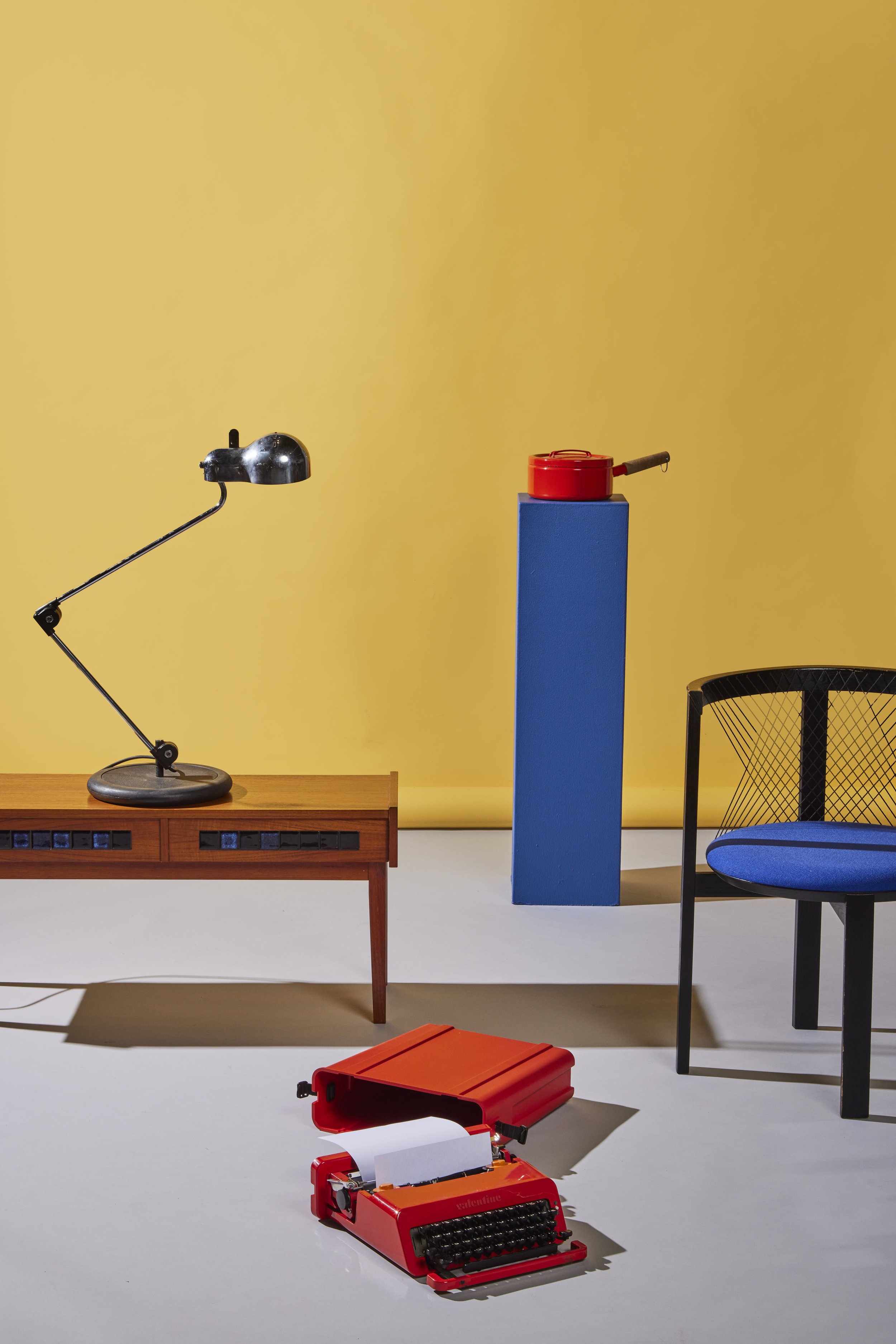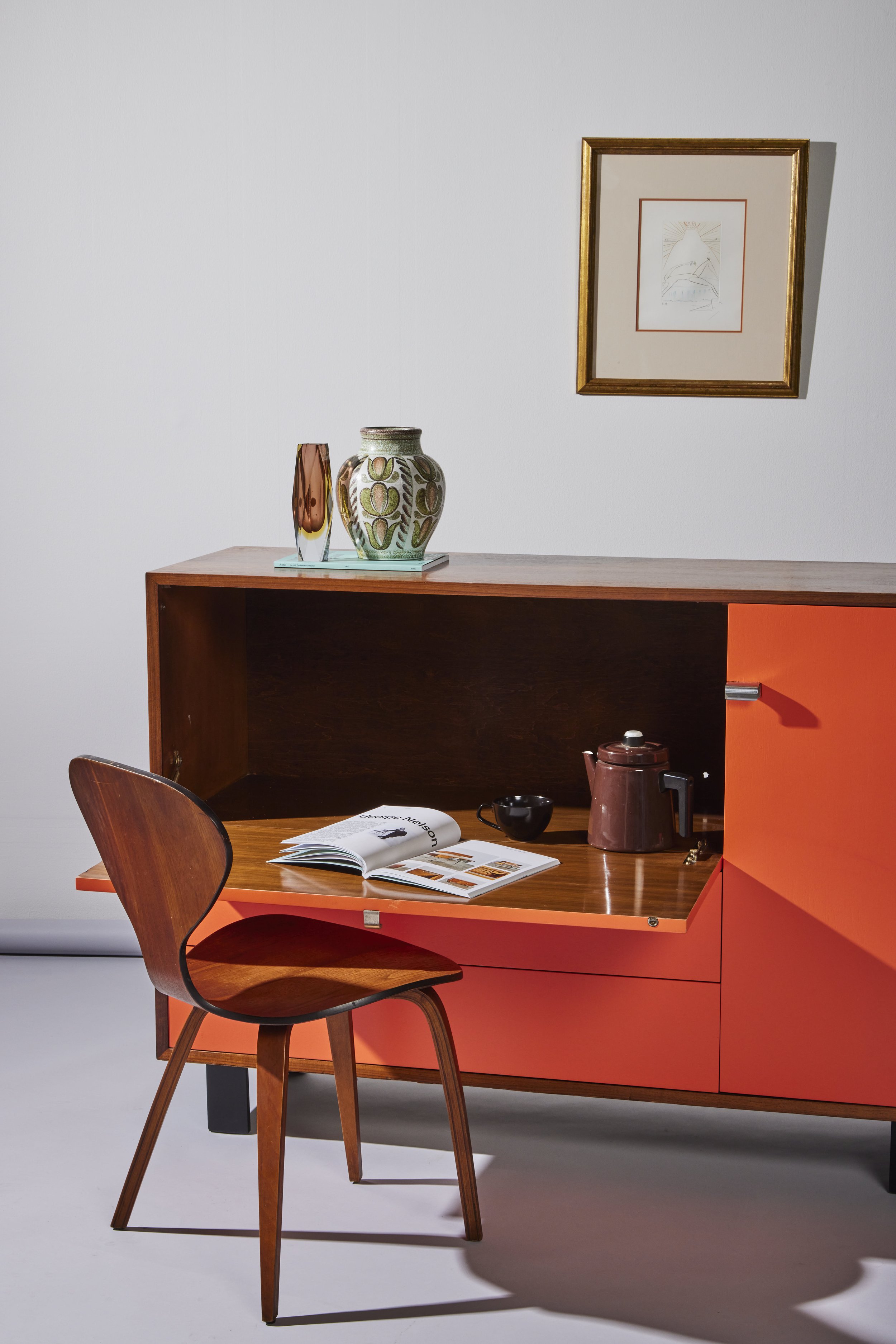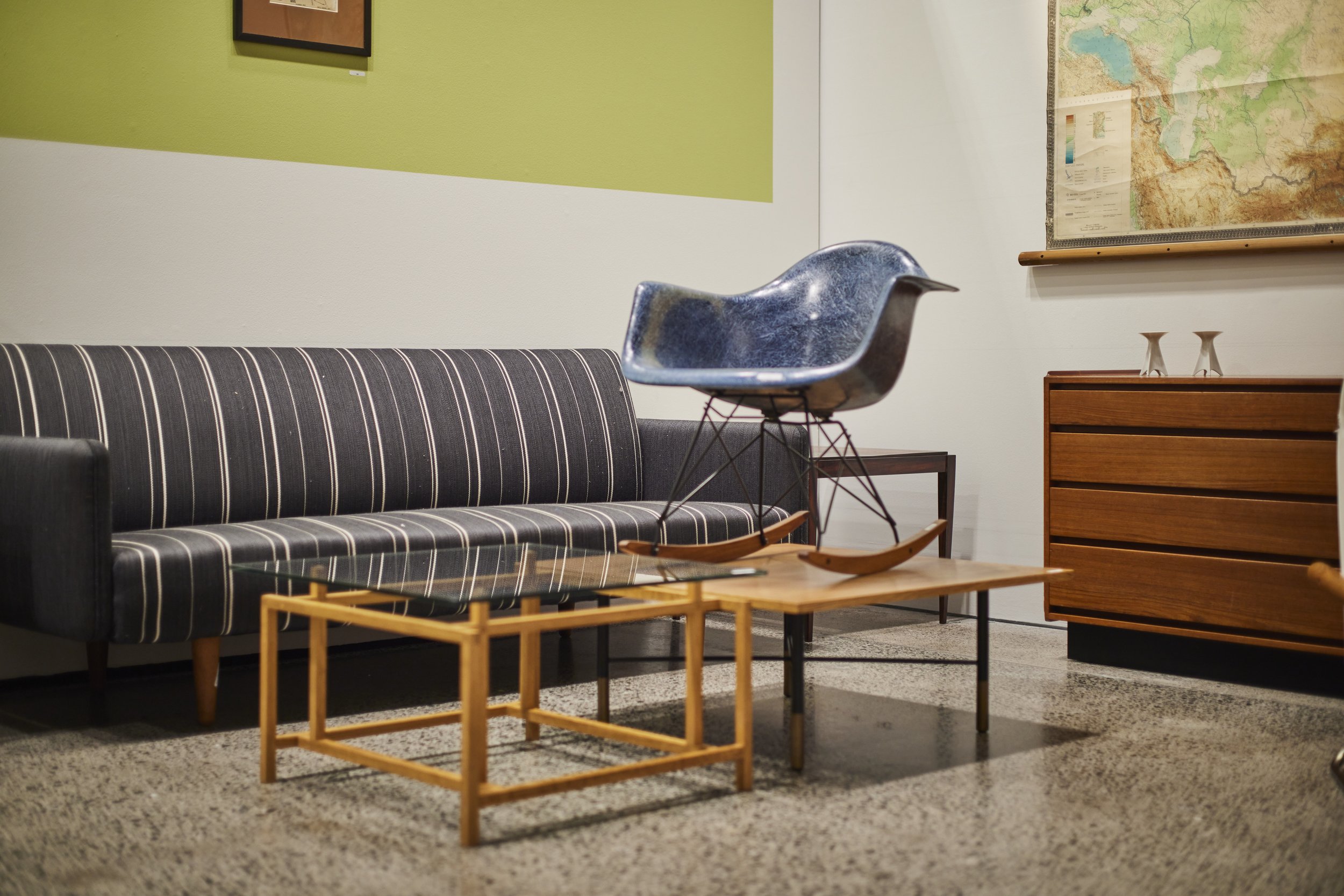A Moment with Leah Morris
Head of Decorative Arts at Webb’s
Webb’s recently appointed the highly knowledgeable Leah Morris to Head of Decorative Arts.
Leah started with us as a specialist in 2021, and has quickly risen through the ranks as the Decorative Arts department continues to experience significant growth. Leah’s breadth of experience and thoughtful, meticulous approach to consignment and curation have helped raise the bar of our live auctions even further, as evidenced by the huge success of recent Decorative Arts sales such as Studio Ceramics and Material Culture.
We sat down with Leah to learn more about her background, her role at Webb’s, and the personal experiences that give her a deep connection to the applied arts.
What was it that brought you world of decorative arts, and, consequently, to Webb’s?
I studied Anthropology and Ancient Egyptian history at the University of Tāmaki Makaurau. While I was studying I had a casual job as a Visitor Host at the Auckland War Memorial Museum Tāmaki Paenga Hira, which helped me realise I could make a career from my lifelong love of culture and the applied arts. I worked on two projects at the Museum whilst studying my honours degree in Museum Studies and Cultural Heritage, where I wrote my dissertation on the repatriation of human remains from museum collections.
A job as Collection Technician in the Human History department eventually led to working specifically on Applied Arts and Design, and the World Collection. I found working with items from different cultures so rewarding, and appreciated that the museum really made efforts to connect material culture with their communities in Auckland, acknowledging these communities as the knowledge holders. In 2020 I decided to start my master’s degree in Museum Studies and Cultural Heritage, and after one semester saw that Webb’s was advertising a role in their Decorative Arts department — and here I am.
On a personal level my interest in history and collecting originated from visiting my grandmother’s house when I was a child and seeing the most beautiful pieces from around the world. My grandfather worked on a food science project with the United Nations, so my grandparents spent a lot of time in different countries such as Algeria, Guyana, Tunisia, and Malaysia. My mother also has an impressive collection of Islamic art from her travels to Afghanistan, Pakistan, and Iran.
What does an average day at Webb’s look like for you?
If you ask anyone who works at Webb’s, every day is different from the last. My day to day comprises of researching pieces for auction, completing appraisals for clients, working with our in-house photographer and designer, registering taonga tūturu with the Auckland Museum, cataloguing consignments for auction, installing live auctions, post-auction negotiations, and managing the department. Working in auctions requires the ability to focus on your current workload whilst always looking months in advance towards the next catalogues.
Our Decorative Arts department covers such a broad range of disciplines, eras, and applications. What are some of the areas that most resonate with you?
I always look forward to our Studio Ceramics live auctions; I love seeing the skill and variation of styles from ceramists across Aotearoa. The ceramic makers and collectors community are very engaged so it is always a pleasure to speak with clients during these auctions and learn from them. Another specialty auction hosted by the Decorative Arts department is Material Culture. Working with indigenous art is such a privilege and I love being constantly blown away by the skill and mastery of each piece, as well as learning the rich cultural connections behind them.
Your approach to working with indigenous art is very respectful and done with reverence. Can you please talk readers through this process?
When working on Material Culture auctions I endeavour to incorporate Māori practices of kaitiaki or guardianship to ensure that while we are the temporary custodians of indigenous taonga we treat and document these pieces with the utmost care and respect. Typically the original indigenous name given to an object is not recorded or unknown, so it is important for me to try and find this information and share it in our catalogues. This includes seeking out indigenous iwi for each piece.
We also make sure that we are working in accordance with the Protected Objects Act (1975). This means all taonga over 50 years old is registered with the Ministry of Culture and Heritage with a “Y-Number”. With any taonga that meet this criteria and are not yet registered, I take them to the Auckland War Memorial Museum Tamaki Paenga Hira. We are only able to sell taonga to clients who are registered collectors. The registering process allows for the tracking of taonga throughout Aotearoa and disallows export out of the country without permission from the Ministry of Culture and Heritage.
What upcoming auctions are you looking forward to working on?
Our Made in Aotearoa live auction is scheduled for October and will be celebrating New Zealand’s talented applied arts community. The eagerly anticipated mr mod: The Ross Morrison Collection Part II will also be coming this November — the first was such a success so I am excited to see what amazing things arrive for the auction.
View all articles & videos here









